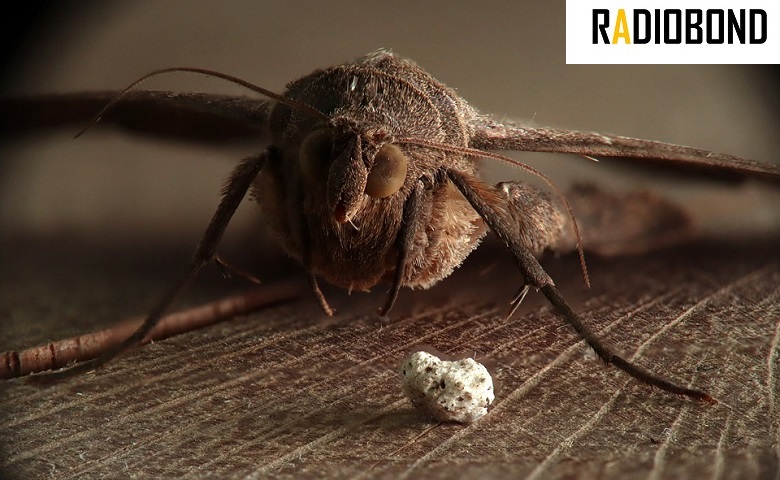Reasons to get rid of moths

The major reason that Moth is harmful is that they can grow really rapidly. Moths can also attack almost any location. Cracks, gaps, ponds, walls, ceilings, and other tough sites are ideal locations for these pesticides to grow or hide. Once you get the signs of moths in your home, you have to get rid of them as soon as possible. They can stick to carpets, and most of us don’t even know how to get rid of carpet moths.
Moths are bugs sometimes confused with butterflies but typically represent a greater threat than an insect. Moths can reach your home in many ways. You probably have an opening door or window through which they might enter, and now you have a single moth flying around the house or the apartment. However, you could also be detected or carried these moths in different ways. They can be fitted into yours or any other clothes or by furniture, packing, and boxes that can conceal these bugs.
Following are some reasons to get rid of moths as quickly as you can.
Moths can cause allergic reactions to the human body:
Atmospheric allergens are considerably triggered by moths. Along with the wingtips, they may cause allergies to people. Scales of a moth are normally adorned in small spines or hair. These scales are designed to protect against predators. Moths regularly throw their skin out like all living beings. If this dusty particle comes into contact with other objects, it spreads into the air. This induces an allergic reaction to a human. People will also experience the same allergic reaction whenever anyone comes in contact with their fecal matter.
Including mature moths, caterpillars also contain the spinal and hair that lead to airborne allergens that cause allergic reactions when people breathe. In addition, the hairs cause extreme discomfort if you come into contact with them.
Ophthalmic nodosa is caused by moths:
This is a caterpillar hair poisonous or allergic inflammation of the eye. The hair can get overcast, fingered, or the caterpillar may directly touch the eye. Upper eyelid touch is typically associated with skin problems. Chemosis (conjunctive inflammation) occurs immediately after exposure. Patients can experience a foreign object feeling. Structures can become inflamed in the eye, and grain (a puck immune cell catalog) can develop. In such cases, a macrophage or caterpillar hair is also found. This can be caused by any hairy moth.
Dendrolimiasis and Pararamose are caused by moths:
The severe combination of coetaneous rashes, joint pain, and inflatedness is called Pararamose and Dendrolimiasis. These diseases are often targeted at joints, bones, and tissue. These debilitating symptoms continue to occur even after many treatments, which are very argumentative in nature. Normally, caterpillar and moth touch lead to these serious reactions.
These involve itchy, auricular pain, and inflammatory rashes in the skin. Dendrolimiasis may also be associated with cartilage. The effect could be joint destruction and arthritis that may possibly break. Chinese and Brazilian caterpillars and moths can cause these conditions.
Bloodsucking moths:
Uncommon moths that refer to the Calyptras genus are reported to bit people to suck blood and nourish on their blood. The stings of moths are painful and can result in redness and swollen red bumps. Generally, biting signs, just like every other insect bite, are swelling, scratching, and red bumps and symptoms are reduced within just a couple of hours. However, in extreme cases, the bite symptoms can be severe, resulting in a blistering and eczema-like reaction lasting weeks. These are caused primarily by caterpillars, as they have biting mouthpieces. The effects of their bite include Dizziness, Abdominal pain, Sweating, Muscle spasms, and Headache.











